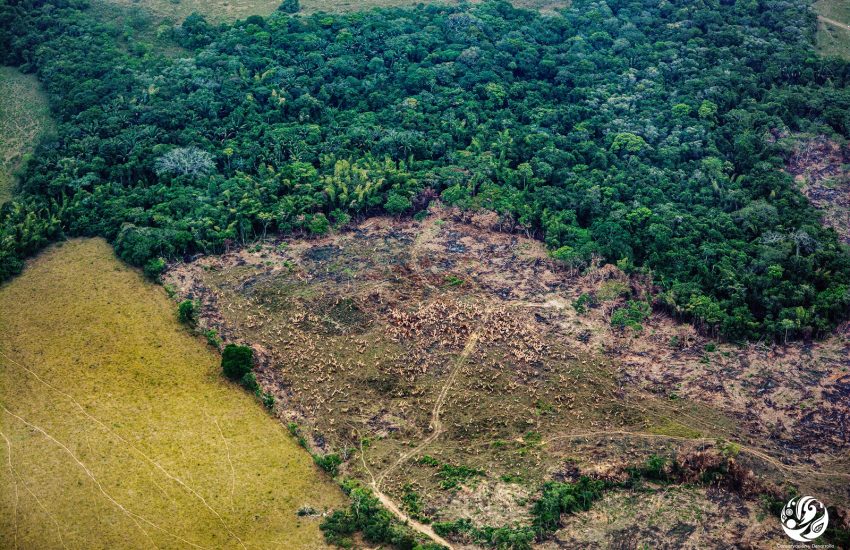Policy brief: tackling policy dilemmas for wetland restoration
08 December, 2025

Policy brief: tackling policy dilemmas for wetland restoration
08 December, 2025
Celebrating 6 years of Mobilising More for Climate
01 December, 2025
Friday 14 june 2024
Header photo: © FCDS
The publication “Drivers of deforestation in the Colombian Amazon“ is a compilation of the six previously published articles. Even though the drivers are presented separately, it is important to point out that they are interconnected; the inhabitants of the Amazon region often face multiple challenges simultaneously.
While the articles focus on the Colombian context, dynamics of deforestation are not limited by borders. Related activities, such as gold mining, literally cross borders, and are pushed by a growing global demand. Deforestation is often linked to (inter)national illegal networks and connected with corrupt activities and armed groups.
Previously published articles:
Research shows that nature management by communities is a highly effective form of conservation. The deforestation rate in areas where Indigenous communities live is much lower. Moreover, the greatest successes for conservation and well-being are achieved when Indigenous and local communities are in charge.
Despite the evidence, Indigenous peoples and local communities are often not (sufficiently) included in decision-making processes about their territory and its natural resources. Deforestation and related activities frequently cause socio-environmental conflicts. Resistance is not without risk: Amazon people standing up for their rights often face intimidation, violence and even death.
According to Global Witness, Colombia’s is the world’s deadliest country for environmental defenders. In 2023, 60 Colombian environmental human rights defenders were killed: more than a third of that year’s total worldwide.
In order to view this movie you have to accept ‘Social media and advertising’ cookies. Click here to change your cookie settings.
Understanding the dynamics of deforestation enables NGOs, researchers and others, to take the next steps to end forest crime, protect environmental rights and stop deforestation.
But understanding alone is not enough. To contribute to safeguarding the Colombian Amazon, IUCN NL aims to end forest crime and improve the territorial rights of Indigenous peoples and local communities. Because they are the forest’s best guardians.
We do this together with Colombian nature organisations Fundación para la Conservación y el Desarrollo Sostenible (FCDS) and Ambiente y Sociedad, and news platform Mongabay. The project “Amazon rights in focus: peoples and forest protection“ is supported by the Norwegian Agency for Development Cooperation (NORAD).
08 December, 2025
As Europe accelerates efforts to restore wetlands and riverine ecosystems in line with biodiversity and climate goals, several complex policy…
01 December, 2025
On the 2nd of December 2025 we celebrated 6 years of Mobilising More for Climate (MoMo4C). During the event, we closed the current chapter on MoMo4C, celebrated our achievements, shared insights,…

